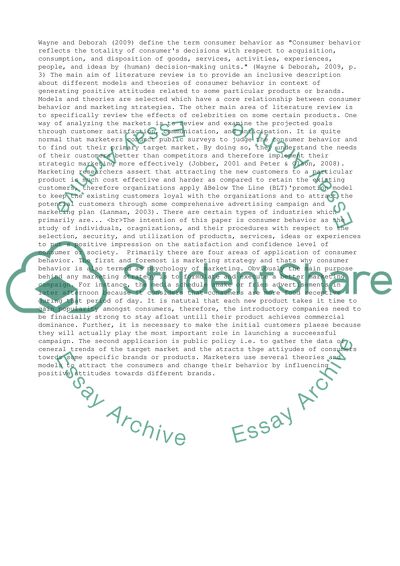Cite this document
(“Understanding Consumer Behaviour Essay Example | Topics and Well Written Essays - 4500 words”, n.d.)
Retrieved from https://studentshare.org/business/1393321-understanding-consumer-behaviour
Retrieved from https://studentshare.org/business/1393321-understanding-consumer-behaviour
(Understanding Consumer Behaviour Essay Example | Topics and Well Written Essays - 4500 Words)
https://studentshare.org/business/1393321-understanding-consumer-behaviour.
https://studentshare.org/business/1393321-understanding-consumer-behaviour.
“Understanding Consumer Behaviour Essay Example | Topics and Well Written Essays - 4500 Words”, n.d. https://studentshare.org/business/1393321-understanding-consumer-behaviour.


